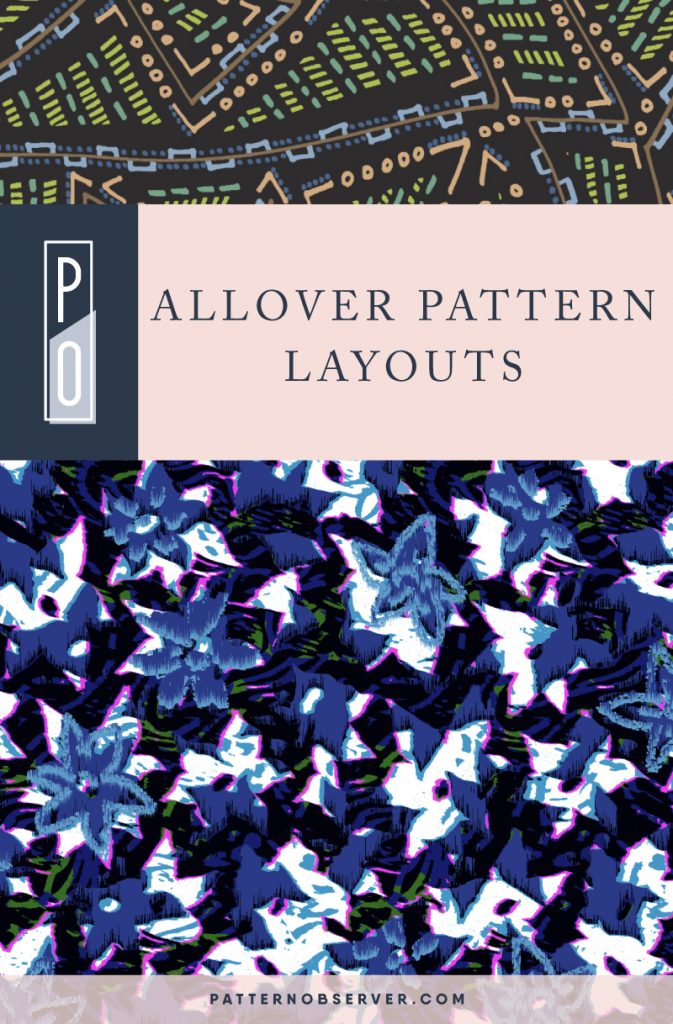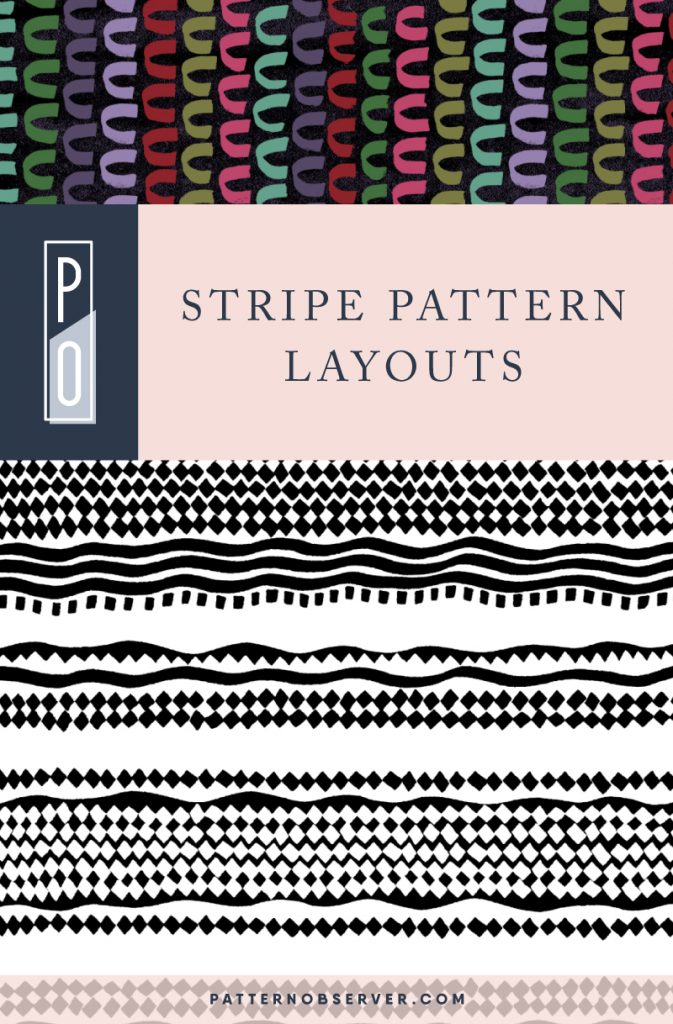Repeating patterns are everywhere. From clothing and websites to wallpaper, they add visual interest and texture. Whether you’re a seasoned pattern designer or just starting, this guide explores repeating patterns. We’ll cover everything from basic principles to advanced techniques.
What is a Repeating Pattern?
A repeating pattern, also called a pattern repeat or seamless repeat, is a design tiled infinitely without visible breaks. It’s a single tile repeated flawlessly across a surface.
These surface pattern designs are fundamentally mathematical formulas, like visual equations. They’re essential in textile design, graphic design, and web design.
Types of Repeating Patterns
Many pattern layout styles exist, differing by motif arrangements. Understanding these pattern types is crucial for those wishing to be a professional designer.

1: Set Pattern Layouts
Set layouts are repeating patterns in which motifs are repeated in exact measured spaces. They are even and symmetrical. There may be slight variations in color, line weight, or other elements, but these layouts are evenly spaced and balanced.
- Markets: While popular in all markets, set layouts are most commonly used in home decor, wallpaper, quilting, and paper products.
- The benefits of set layouts are that they are simple to create, especially in Illustrator’s Pattern Maker tool (affiliate link) and they appeal to a wide variety of consumers.
- Set layouts are a great addition to any designer’s portfolio, but your entire portfolio should not solely consist of set layouts. When designers are first getting started, they tend to go overboard with this design style.
Remember, having a variety of different layout styles in your portfolio is important to attracting more clients.

2: Tossed Layouts
- Imagine you threw a handful of flowers in the air. The pattern they would make as they randomly land on the page is an example of a tossed layout. Some flowers would face right; others left. Some point up while others point down. This is how motifs in a tossed layout are arranged within a repeating pattern layout.
- Markets: Tossed layouts are most commonly used in stationery, quilting, home décor, and children’s markets.
- What is fabulous about tossed layouts is that they allow many opportunities to play with design elements and create varied results. Motifs can be spaced apart or they can intersect and even overlap. These motifs are always used evenly and tossed within the full layout.
When using a tossed layout remember that making your motifs look random and tossed is key. If you have too many motifs facing in one direction your layout will begin to look unbalanced and unintentional lines will begin to be visible within your layout. Explore this post for more tips on developing tossed layouts.

3: Allover Layouts
- Allover pattern layouts are those in which motifs are arranged in a compact, balanced way. I personally feel that allover layouts are a “catch all” category. If you see a pattern layout in your research and you can’t pinpoint exactly what style it is, it is probably an allover pattern layout. In allover layouts you’ll typically see motifs overlapping and very little background color will be visible.
- Markets: All over layout are popular in all markets.
- The major benefit of this repeating pattern layout is that it’s fairly easy to create and maintain balance within your design. This makes this a great pattern layout to try if you are new to pattern design and have already mastered set layouts.
- The drawback to allover layouts is that they can begin to feel overly compact and heavy.
Just like set layouts, remember not to go overboard with allover layouts within your portfolio.

4: Free-flowing Layouts
- Free-flowing layouts have strong movement and flow throughout the pattern. Motifs are densely concentrated in some areas but sparse in others, allowing more background color or pattern to be visible. However, the overall repeat is balanced, and the eye easily follows the flow of motifs and color.
- Markets: Free-flowing layouts are popular in fashion and home decor where having large areas of open ground is acceptable. In markets such as the quilting industry, where large areas of open ground are less common, consider adding a texture or second pattern to the open areas of your repeating pattern layout.
- While more difficult to create, free-flowing layouts are a stunning and eye-catching addition to any designer’s portfolio.
It takes time to figure out this method of pattern layout, but trust me, it’s worth it!

5: Stripes
- Stripes are defined as repeating pattern layouts in which the motifs or colors are used in long narrow stripes. Note: stripes don’t just have to be solid bands of colors! That’s exciting, right? Consider using motifs and textures within your stripes, as well.
- Markets: Stripes are popular in all markets.
- When creating stripes take the time to experiment with color placement and vary the width of your stripe. While stripes are relatively simple to create, a well-designed stripe is a thing of beauty.
Observe how the colors flow into each other as your eye moves up and down the stripe. Finessing this may be quite difficult but again, it’s worth it!
Tips for Success
With practice, designing seamless repeating patterns becomes easier and less time-consuming. If one pattern style proves challenging, consider alternative patterns.
- Experiment with color, scale, and layouts in various repeat types. Use a black pattern background to highlight the color or texture.
- Seek feedback from a community such as the Textile Design Lab.
- Consider your target market when making seamless repeating patterns. Whether it’s a set repeat pattern or a free-flowing repeating pattern, select strategically for professional results.
- Maintain balance. Avoid overusing motifs in one direction to prevent unintentional lines. Too many floral repeating elements in one location will unbalance the finished pattern.
Conclusion
From fashion to interiors, repeating patterns add depth and creativity to various products. So go out there and start repeating.
Ready to become a professional Textile Designer? Start your 12-month journey to growing your business and increasing visibility.













